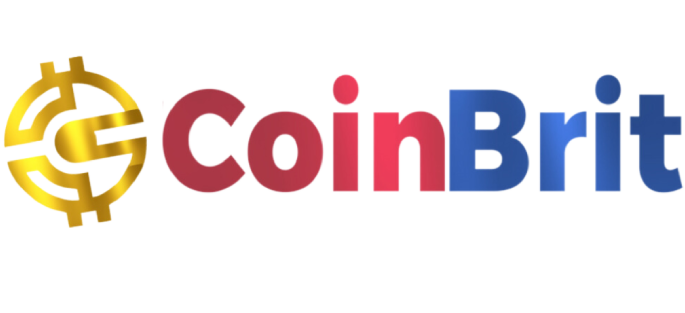Kintsu, a new liquid staking protocol built for the Monad ecosystem, has gone live on mainnet with a model that aims to resolve long-standing tensions between yield, decentralisation and liquidity in proof-of-stake networks. The protocol introduces an open, performance-driven validator marketplace coordinated through a single governance token.
A New Approach to Staking Challenges
Traditional proof-of-stake systems often limit participation because they require high minimum deposits to become a validator. These deposits remain locked, preventing users from accessing liquidity or deploying their capital elsewhere in the ecosystem. Liquid staking emerged as a workaround by issuing liquid staking tokens (LSTs) that mirror the value of staked assets, allowing users to trade or lend them while still earning staking rewards.
However, early liquid staking models frequently concentrated power among a small group of validators due to team-managed lists or rigid delegation rules. Such concentration risked weakening decentralisation, an essential component of network security.
Restoring Decentralisation Through Governance
Kintsu proposes a community-driven correction to these weaknesses. Instead of relying on fixed validator sets, the protocol places delegation decisions entirely in the hands of on-chain governance. Tokenholders actively rebalance stake allocations based on validator performance, transparency and reliability.
It is really important for early Monad validators to not risk the stability of the network by running custom MEV clients. @Kintsu sMON Liquid staking is a credibly neutral public good – prioritizing network stability, decentralization & liveness, infusing base yield into DeFi pic.twitter.com/INBrZV2pfT
— StovenLabs (mainnet arc) (@StovenLabs) November 6, 2025
At the centre of this system sits sMON, Kintsu’s liquid staking token for Monad. sMON represents staked MON while remaining fully usable across decentralised finance. Holders can deploy it in lending, trading or derivatives markets without giving up staking yield. This structure encourages capital efficiency while maintaining validator incentives to secure the network.
Validators must earn their delegation through consistent results rather than being whitelisted by default. The protocol also permits validators to choose their preferred MEV infrastructure, incorporating the resulting outcomes into their overall yield. This flexibility promotes broader competition and avoids enforcing a single MEV strategy across the network.
Launch Backed by Audits and Seed Funding
Kintsu’s mainnet debut follows a four million dollar seed round backed by Castle Island Ventures, F-Prime, Brevan Howard Digital, Spartan, Animoca and CMT Digital. Ahead of the launch, the protocol completed multiple audits to ensure security for users and operators. Its arrival aligns with the broader expansion of the Monad mainnet, which aims to support high-performance decentralised applications.
The launch also includes Kintsu’s Points Programme, designed to reward early adopters. Participants who help drive initial usage and sMON liquidity will earn points that influence the future distribution of the governance token.
Next Steps for the Ecosystem
In the coming months, Kintsu plans to activate full governance and expand sMON utility across Monad’s growing DeFi landscape. Partnerships and integrations will play a central role as the protocol works to establish sMON as a core asset within the ecosystem.
A key component of this next phase is the introduction of KSU, the governance and coordination token that will support the validator marketplace. KSU will shape how delegation decisions are made and how value circulates among participants. The broader vision positions staking as an active, participatory layer that enhances liquidity, yield and network resilience rather than a static one.
A Shift in Liquid Staking Dynamics
By merging liquid staking with an open governance model, Kintsu aims to create a more transparent and decentralised environment for both users and validators. If successful, the approach could help redefine how liquid staking protocols distribute power and manage risk, setting a precedent for other proof-of-stake networks.


